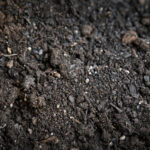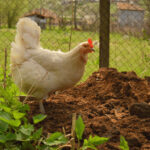What is the difference between hot and cold composting
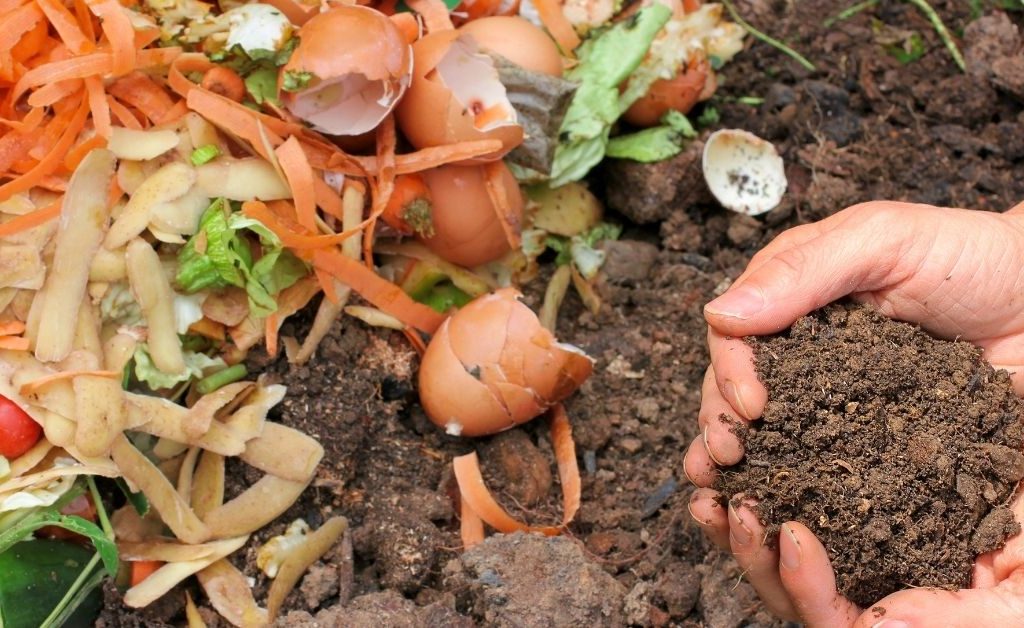
The most important difference between hot and cold composting is they produce very different soil. So perhaps the question should instead be; Where do you want to use your compost soil?.
A cold compost will give you a soil that is richer of beneficial fungi and bacteria, while a warm compost will give you soil that is more lifeless, but nutrient-rich.
If you aim to give your flowers and vegetables the best life rich soil then a cold compost is best to aim for, but if you need the heat produced in a warm compost to kill off harmful soil-borne diseases or weed seeds, then a warm compost will be your best option.
That is naturally not the whole answer, and there are usually more issues with composting and the results.
Cold compost – how do you set one up
If you want to get the best, organically rich soil from your kitchen waste and are in no rush to get it done, then a cold compost might be the best solution for you. A cold compost will not kill off beneficial fungi and bacteria
Getting a cold compost to work doesn’t require a lot of work and considerations to what goes into it, but it does take a lot more time to get to the end result than a functioning hot compost will do.
It’s not uncommon for the process with a cold compost pile to take a full year.
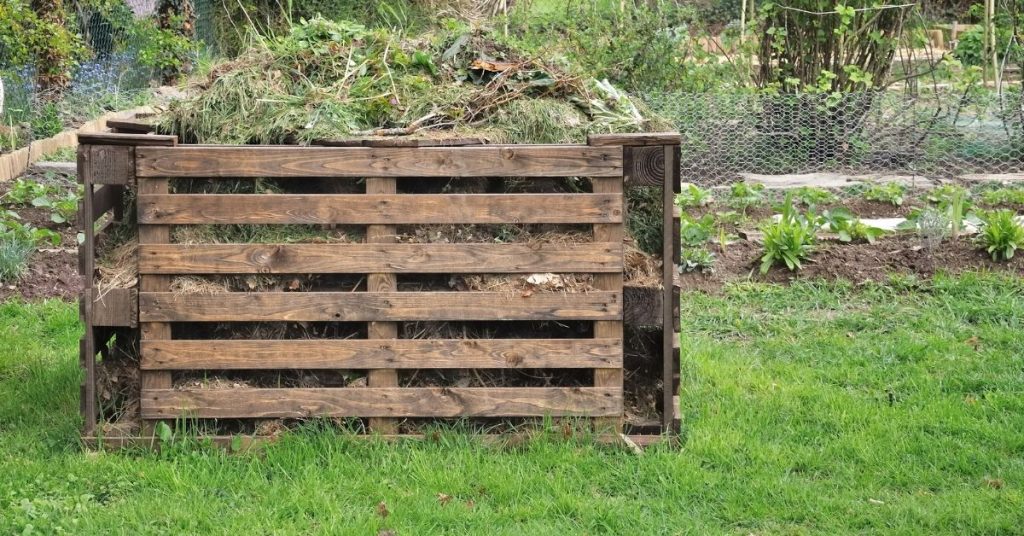
Making a cold compost can be done very simple.
Dedicate an area, just in a pile or, like many do, recycle old pallets. Just make sure they’re heat-treated and no toxic material has been used on the wood. The pallets should be marked with EPAL or IPPC logo, combined with the letters HT (heat-treated).
A good idea is to make two or even three areas or bins, so you can start a new one in when the first one is full and let the other one rest.
The main parts in a compost are: “Browns” and “Greens”
Next up is just starting adding your garden and kitchen organic waste from your household and garden. Examples of good household waste are vegetable and fruit peels, coffee filters and grounds, tea leaves and bags, and eggshells. A warm compost (see below) requires a better balance between the nitrogen (“greens”) and carbon (“browns”) rich materials.
If you have access to manure from cows, horses, pigs, chicken etc you can very well add some of that to the mix, it will provide very useful nutrients to the soil and the worms and insects that break down the materials to soil.
Air is vital for everything living and the compost is full of life
All composting is an aerobic process where organisms need to breathe air to survive, this is the third requirement of a compost. A cold compost setup doesn’t require as much air like a hot compost, but it still needs air for the microorganisms. If you make sure the materials you put in are a mix of materials and not just a huge lump of matters, you’ll help to aid air circulation. If your compost starts to smell, your compost probably lacks air and you should aerate it (turn).
Water is important in composting, but not too much
The fourth requirement for composition is water. If it gets too dry you might want to water it, and if there is too much rain you should try to cover it so it doesn’t drown and becomes anaerobic by the lack of air.
Grab a handful of compost and squeeze it, if you manage to get a few drops of water from it, then it’s just right. Adjust it if too little or too much.
Covering the pile with something to keep the pile from getting too wet can also help prevent nutrients soaking the nearby ground instead of being kept at in the compost as intended.
How long it will take before the materials are fully decomposed will vary, but a year or so is a good average. In the tropics this could be done is few weeks and in very cold climates it could take several years.
What to avoid and be aware of when cold composting
You should avoid putting meat, dairy, and fat in a cold compost as they don’t break down easily and can attract animals.
Do not add manure from humans or pets.
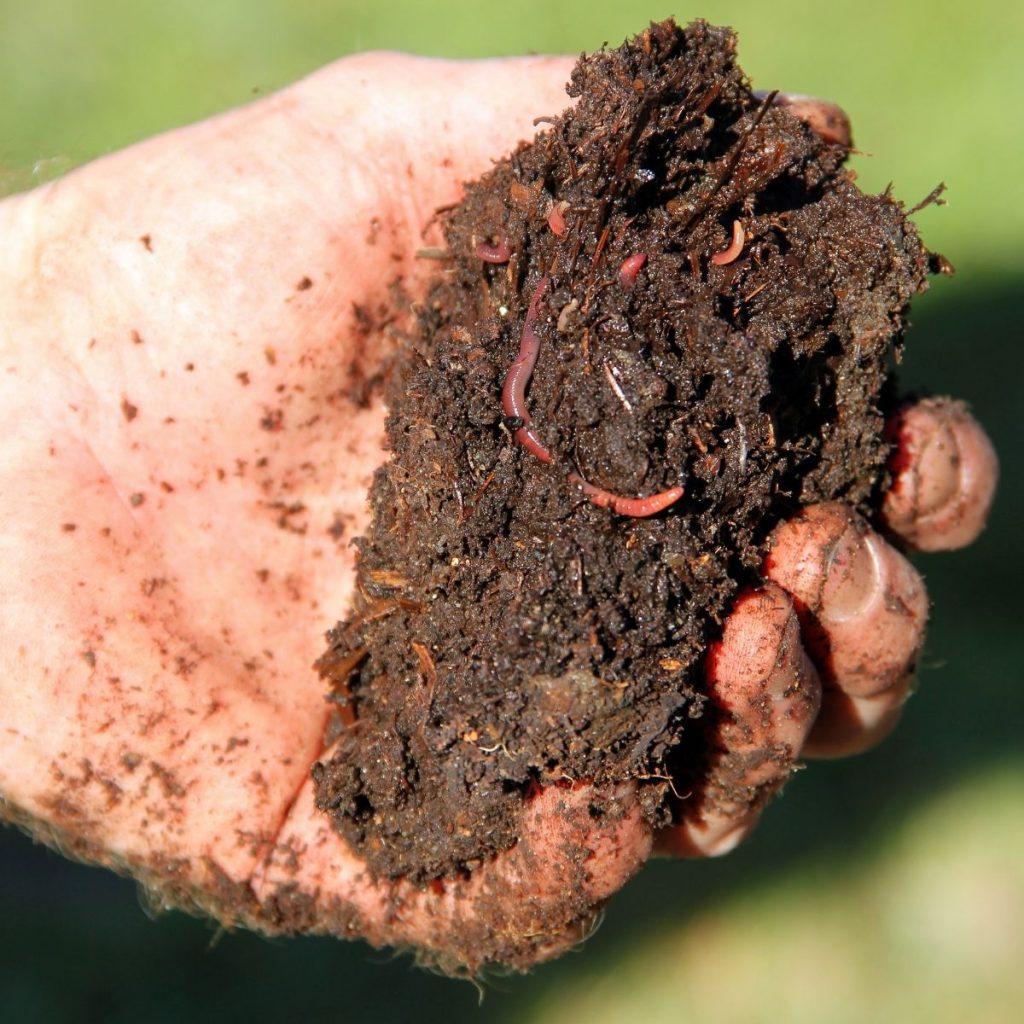
Cold compost advantages
- Maintenance is optional
- Will contain bacteria and fungi that your plants will benefit your plants
- Can build over time, don’t need a lot of material to start
- Simple
Cold compost disadvantages
- Needs a large space
- Eyesore
- Slow. Can easily take a year
- Runoffs. Nutrients can seep out of the pile due to the length of time to complete.
- Can smell
- Can attract animals
- Weed. Unwanted seeds might survive and spread with the finished compost, so you actually spread weeds.
Hot compost – how do you set one up
If you want to get rid of your organic waste from your kitchen in an ecologically friendly manner, are more in a hurry, have garden waste which you suspect may contain harmful pathogens or you require a more fine-grained composted soil then making a hot compost might just be the thing for you.
A quicker way to get your household and garden waste turned into rich soil is to hot compost it.
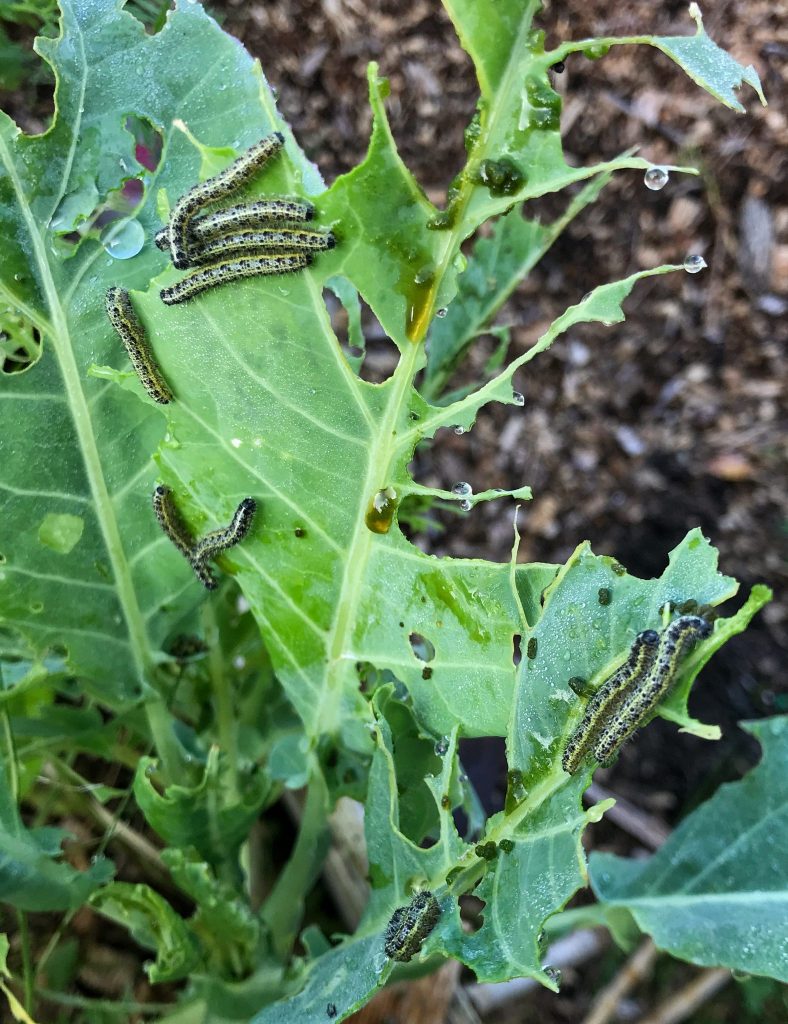
It is possible to hot compost in a pile, but an enclosed compost bin is recommended for most people. A two-chambered, or two separate compost bins, is highly recommended for hot composting as you’d want to stop at some time and you’d want all the materials to complete the composting process before you use it.
The method
Gather 4 parts carbon-rich materials (referred to as “brown”) to one part of nitrogen-rich materials (referred to as “green”).
| Nitrogen (1 part) “brown” | Carbon (4 parts) “green” |
|---|---|
| paper (coffee filters, cardboard …) | grass clippings, fresh leaves |
| fall leaves, pine needles | fruit/vegetable scraps |
| wood chips, twigs, sawdust | manure (not human or pets) |
| straw, hey, corn stalks | eggshells, coffee grounds/tea bags |
| dryer lint, cotton fabric | seaweed, charcoal |
A well functioning hot compost require quite a bit of material, minimum recommendation for well functioning decomposition is about a square cubic meter (34 cubic feet).
- Pour layers of brown and green materials in your compost bin, sprinkle with a little water, then cover.
- Allow the mixture to heat up for 3-5 days before being turning it so it gets air and to help all it all to be mixed in.
Doing this as part of the routine when adding more materials from your household and garden is a good tip so it’s not forgotten.
The heat in a hot compost comes from the microorganisms that are breaking down the organic material in your compost. The temperature will not stay consistent, it will vary over time, depending on how how much material is available; how much air, water, carbon, and nitrogen is available, and how well they are mixed.
Having lumps of wet material and areas of dry material as an example will not be useful and will slow the process down.
Take the temperature
The optimal temperature range in a hot compost is between 40-60°C (104-140°F). These temperatures will kill most of the harmful, potential problems one can find in the compost material:
- heat-sensitive pathogens
- weed seeds
- larvas (fly, fruit, etc)
If the temperature falls below or never gets above 32°C (90°F) there are 5 things you must check :
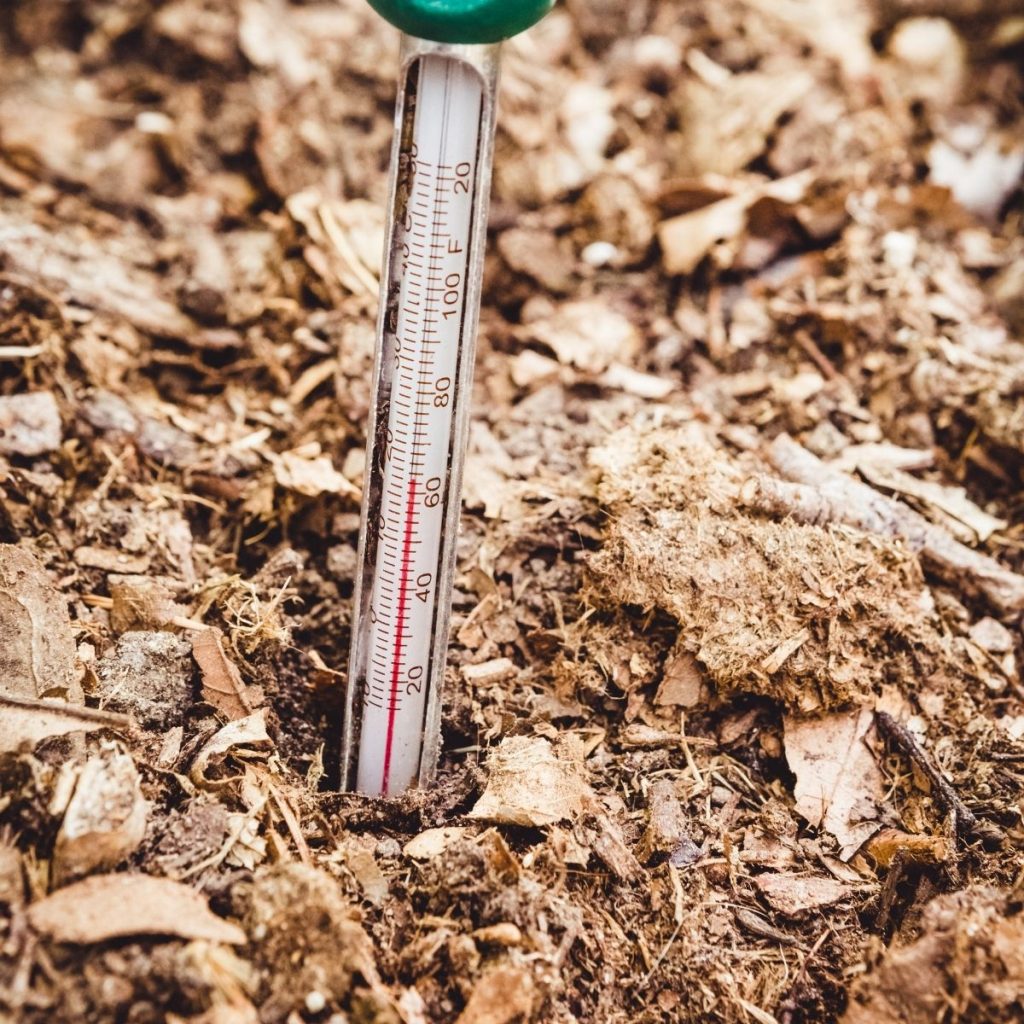
- Lack of green material (nitrogen)
Nitrogen (green) is what makes the microorganisms in your compost grow. Make sure your brown-to-green ratio is about 4-to-1. So add more grass clippings and kitchen scraps if you suspect you have too much carbon-rich material (brown) like woodchips, leaves, or cardboard paper. - Lack of water
All life requires water, and the composting process is done by microorganisms that require some water. Check if the compost materials are evenly damp, but it shouldn’t be soaked as you don’t want to drown the organisms. Add more water if needed - Lack of right bacteria
If you just started a hot compost and you want to jumpstart the process or your compost have reached way too hot temperatures, killing the beneficial microorganisms you can add some regular dirt as it should contain some of the bacterias that do the job in a hot compost. - Lack of bulk
A hot compost needs a critical mass to begin the process. It will be good to aim for at least 1 cubic meter (34 cubic feet) of green and brown materials.
If you lack enough material it’s best to collect more before you proceed. - Lack of air
The organisms that break down the compost materials require oxygen, like most life on our planet, and at times you might want to use a pitchfork or similar tool to aerate at times.
If your hot compost starts to smell like rotten eggs (hydrogen sulfide), then try turning it.
You can buy special thermometers on Amazon, and other similar sites, that are made for composting. The advantage they should be sturdy and deep enough.
Fahrenheit
Celcius
Hot compost advantages
- Compact ( require relatively small space)
- Discreet
- Very quick
- Denies access to animals (if done in an enclosed bin)
- Kills unwanted seeds (weed) and pathogens
Hot compost disadvantages
- Maintenance
- Need a fair amount of materials to start
- More complex (need to think and actually have in)
One of our biggest obstacles to keep the hot composting processes has been that we, a family of five, often run out of kitchen scraps.
Conclusion (Don’t waste the waste)
No matter what route you choose, do keep in mind that there is no one right way to compost for a household as nearly all variables are different for all of us; what material you have available, your local climate, how much garden space you have, neighborhood, etc.
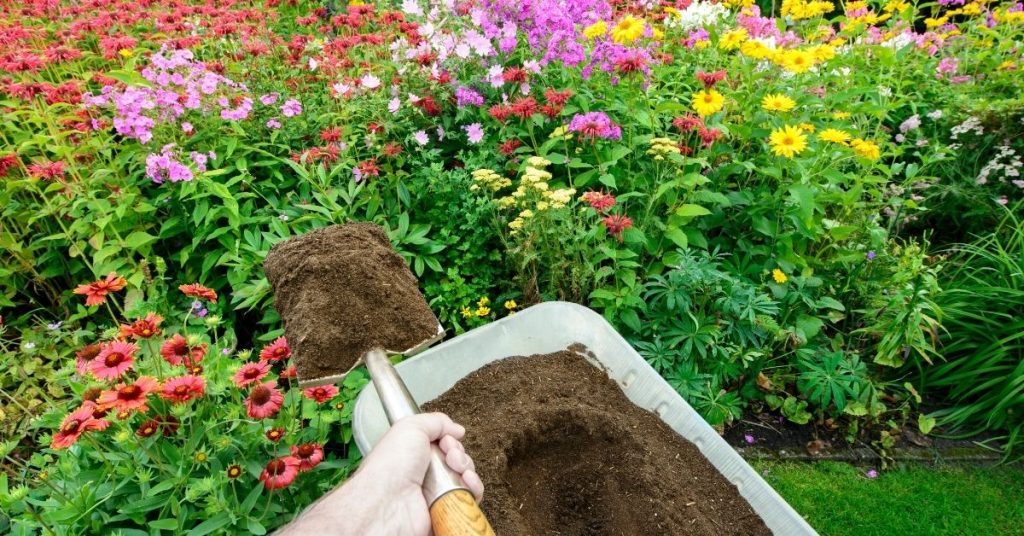
As your composting experience grow over time, you’ll soon get a better idea what works best for you and perhaps you find out your first approach didn’t work for you, but that is learning.
The most important thing is that you do compost and don’t waste the waste by putting it in the trash and it then becomes a problem instead of a resource.
Ready to Explore More About Soil Health?
If you’ve enjoyed learning about the differences between hot and cold composting, you’ll find our article on sunflowers as soil engineers equally enlightening. Discover how these vibrant blooms not only beautify your garden but also act as natural soil improvers and pollinator magnets. Take your sustainable gardening practices to the next level. Read “Sunflowers are Nature’s Soil Engineers and Pollinator Magnets” now!

